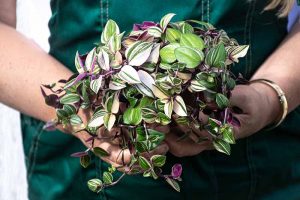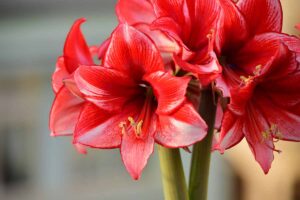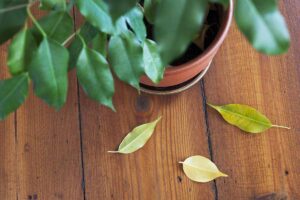Winter is a time to chill – both literally and figuratively.
Besides the decreasing temperatures, wintertime is when everything slows down, so to speak. Many animals go into hibernation, while nearly all plants stop growing and greatly reduce their metabolic activity.
These dormancy protocols enable organisms to conserve resources and better survive these cold, barren conditions.
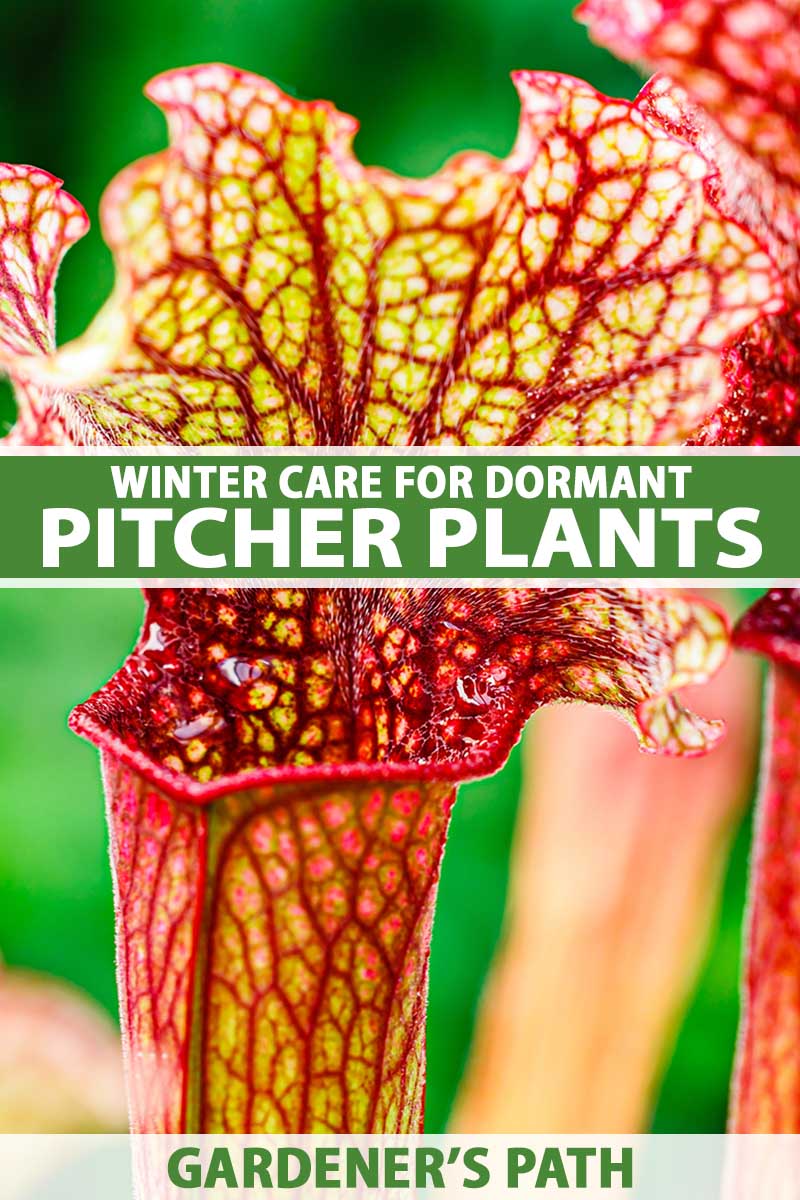
We link to vendors to help you find relevant products. If you buy from one of our links, we may earn a commission.
Pitcher plants also become dormant during winter – so if you’re lucky enough to have these guys growing in your garden or home, there are some things you can do to make this time as comfortable for them as possible.
Proper care for these carnivorous lifeforms will also make their subsequent return to growth all the more vibrant and vigorous.
In this guide, you’ll learn about the right way to care for pitcher plants during winter dormancy. By the time winter’s over, your lil’ meat-eaters will be raring to grow!
Here’s what we’ll go over:
Caring for pitcher plants successfully in winter requires you to cultivate them properly during the growing season as well.
We have a guide on properly caring for an outdoor pitcher plant right here.
And we have a forthcoming piece on growing them as houseplants, so stay tuned for that!
A Pitcher Plant Primer
Fans of carnivorous flora know about pitcher plants: those botanical organisms that have evolved to catch animals in a foliar pitfall trap.
Their jug-like traps are filled with enzyme-containing liquid which digests any prey unlucky enough to be trapped inside.
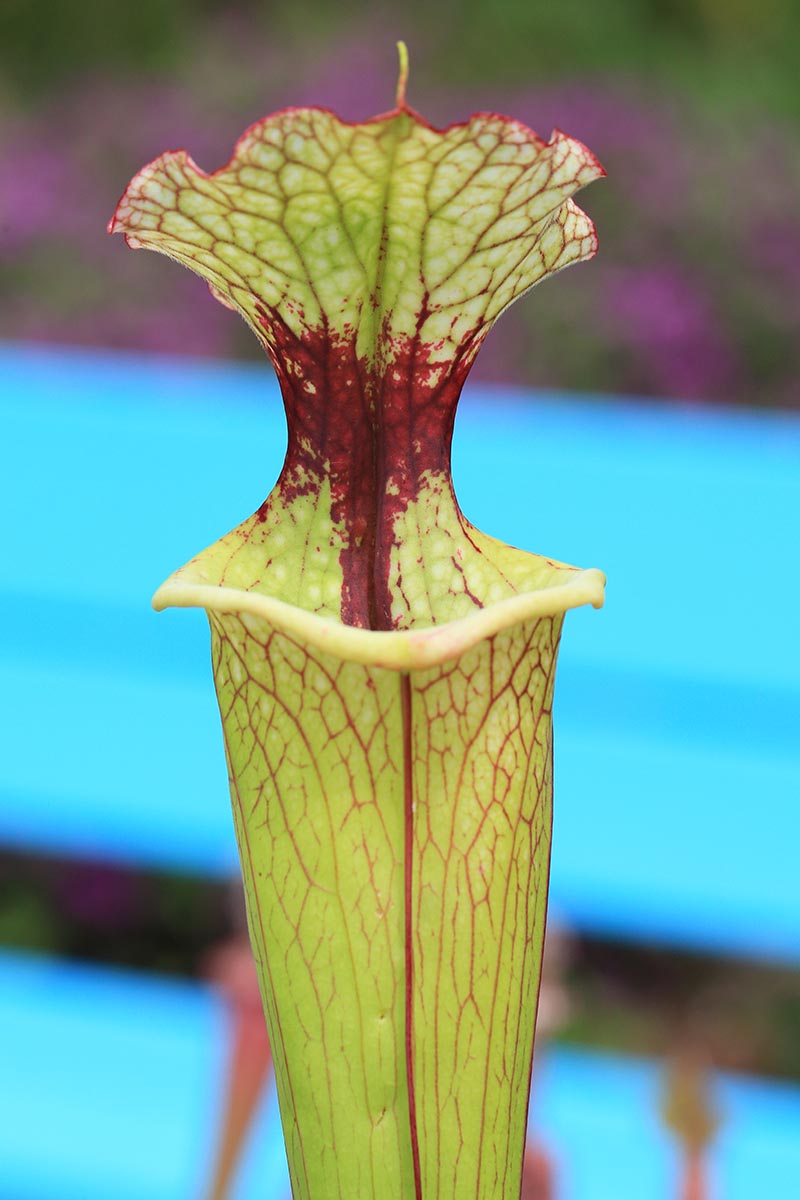
This evolutionary adaptation has allowed for habitation in environments such as pine barrens, bogs, and wetlands – the soils of which are practically devoid of fertility.
By consuming creatures for supplemental nutrition, pitcher plants not only survive in these ecosystems, but thrive!
Pitcher plants are divided into two main groups: Old World and New World.
Old World specimens belong to the Nepenthaceae family, while the New World category refers to those in the Sarraceniaceae family.
The size of their pitfalls ranges from thimble-sized to that of a milk jug, and their prey can be as small as an ant or as large as a rat.

Since species of Nepenthes are tropical and don’t really go dormant in their ideal hardiness zones like more temperate pitcher plants would, we’ll be focusing on Sarracenia dormancy from here on out.
Time for a Winter Break!
Sarracenia usually go through three to five months of dormancy as part of their annual life cycle.
Triggered by cold temperatures and a reduced duration of daylight, this period of slowed activity is actually essential for vigorous and healthy growth come spring.
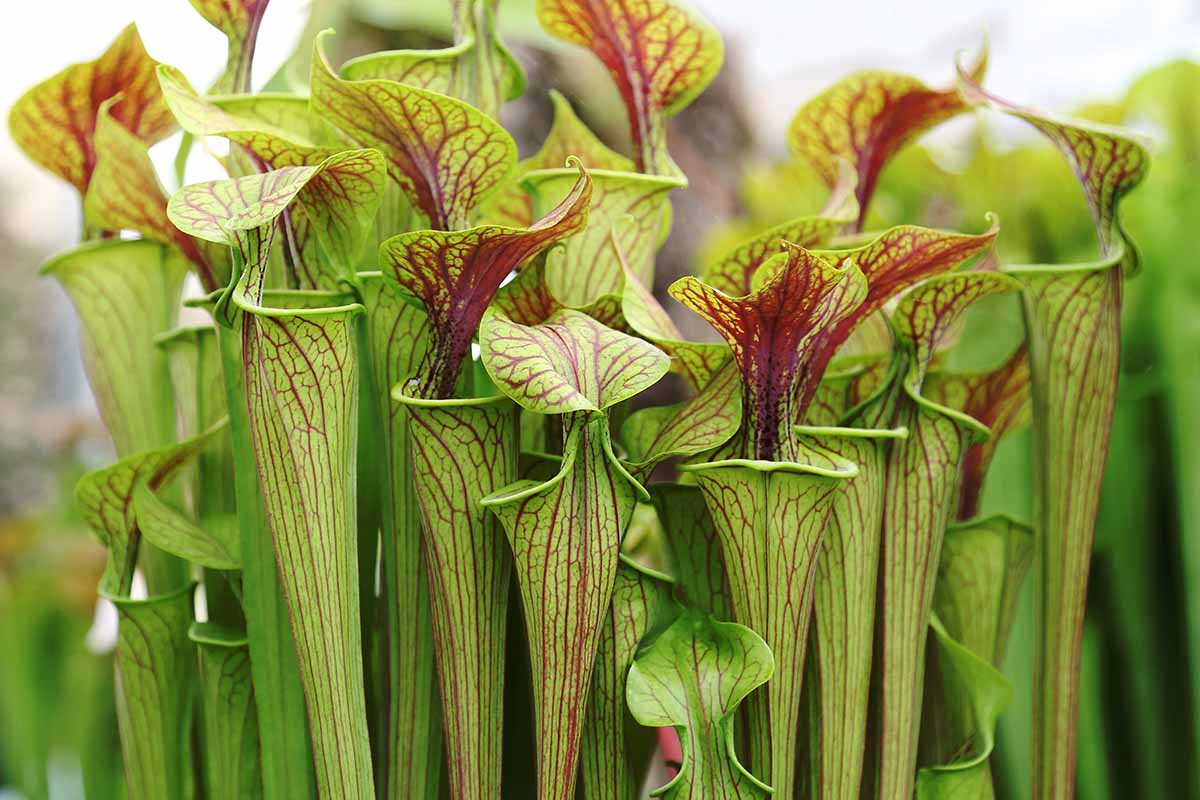
Symptoms of dormancy include halted growth, plus the browning of pitchers and leaves.
This is normal and nothing to be afraid of, but the start of these symptoms is a sign that they’re going dormant, so you should start treating them as such ASAP, if you haven’t yet begun.
Servicing Your Dormant Sarracenia
The next steps require knowing both your local USDA Hardiness Zone and the exact Zones that your particular Sarracenia species is hardy to.
S. psittacina is sensitive to frost, and won’t survive in locations where winter temperatures dip below freezing.
S. rosea and S. minor are hardy to USDA Zone 8, while S. flava, S. oreophila, and S. jonesii can hack it in USDA Zone 6.
For a particularly cold-tolerant selection, S. purpurea subsp. purpurea is hardy as far north as USDA Zone 5!
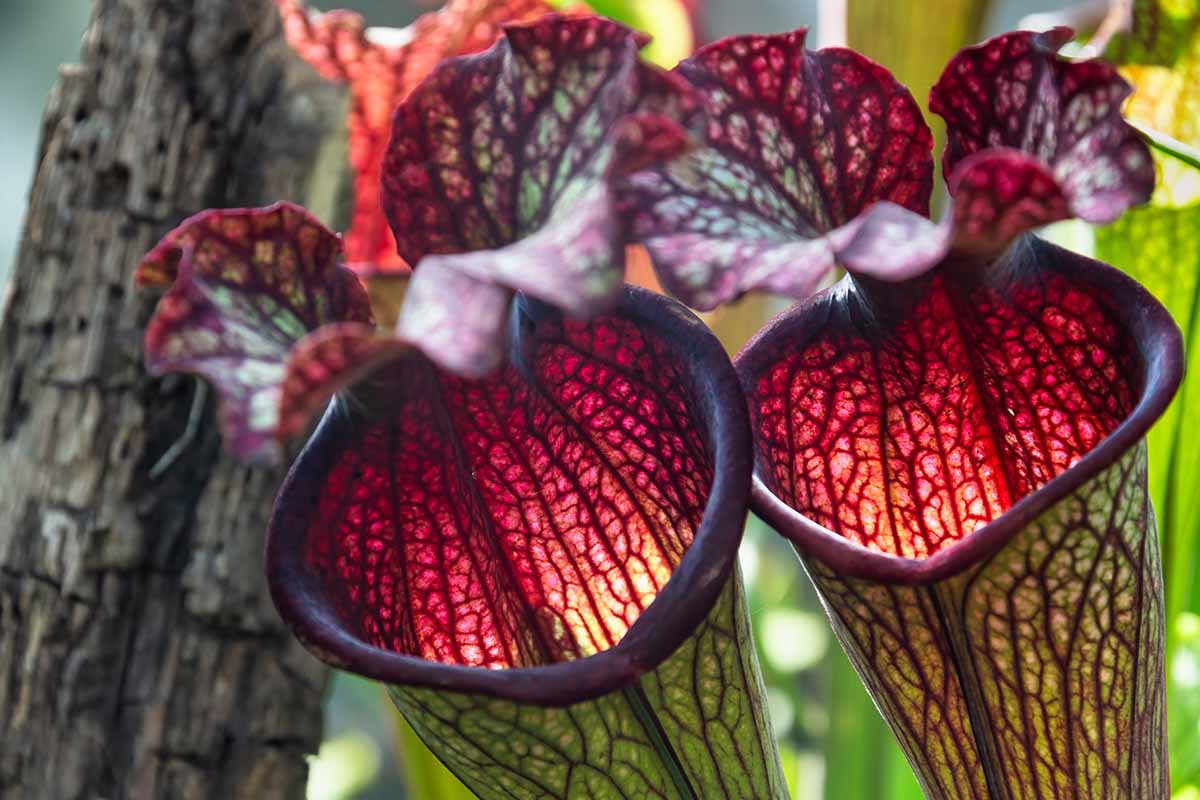
Specimens grown outdoors in Zones 7 or 8 will need to be covered temporarily with insulating material such as a tarp, row cloth, or newspaper, or moved to an unheated enclosure – think a garage or unheated greenhouse – when daytime temperatures dip below freezing.
Sarracenia grown outside in Zone 6 will need to be covered with a three-inch layer of pine mulch, which both provides protection and keeps the soil acidic as the pine breaks down.
When planted in Zone 5, S. purpurea subsp. purpurea doesn’t need any special treatment, and can be left to its own chilly devices.
If your plantings are just shy of local hardiness or marginally hardy, then you could pot them up in a soilless medium – half peat, half sand – and bring them inside a cool, yet frost-free and well-lit structure.
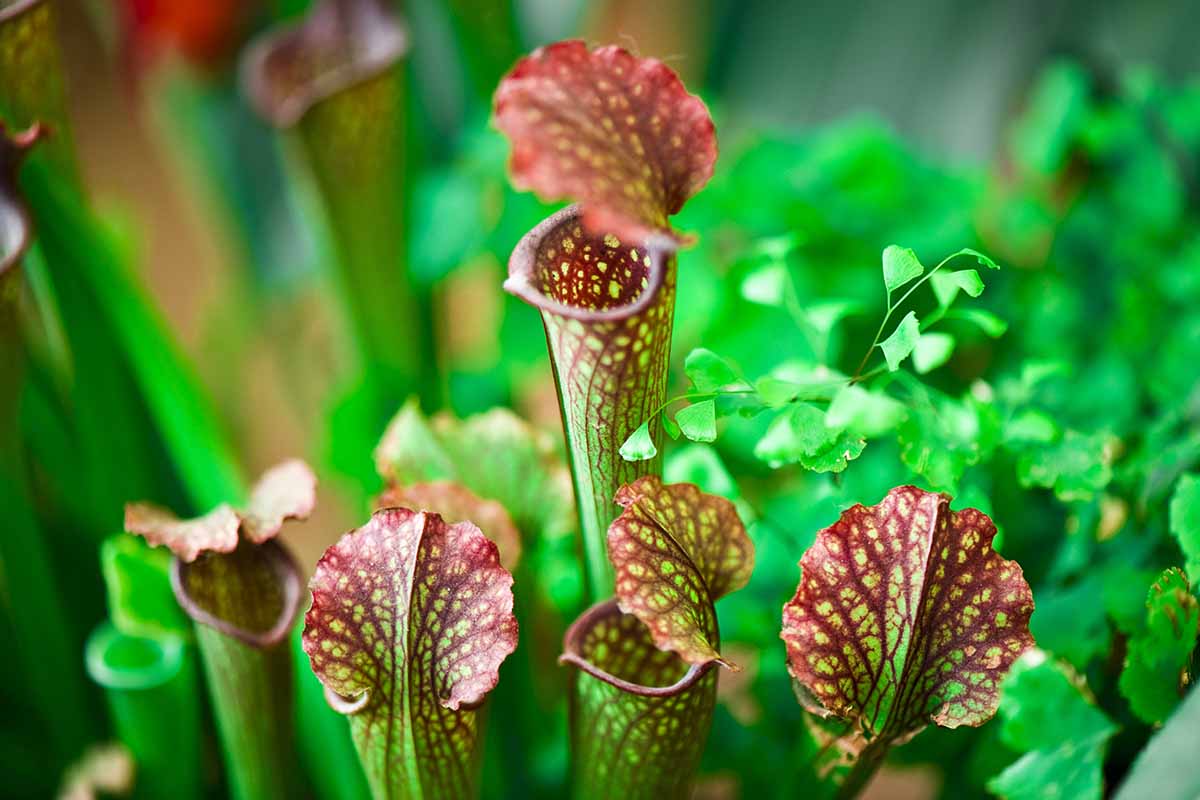
Ideal spots include areas near garage windows or in greenhouses that are kept below 50°F but above freezing.
For indoor growing, it’s on you to mimic the conditions of winter in order to kick-start their dormancy.
You can actually put your Sarracenia houseplants outside and follow the above instructions in accordance with your particular species and local hardiness zone.
If you’re residing in a region further north than USDA Zone 5, setting your Sarracenia houseplant near a chilly, yet sunny window could do the trick.
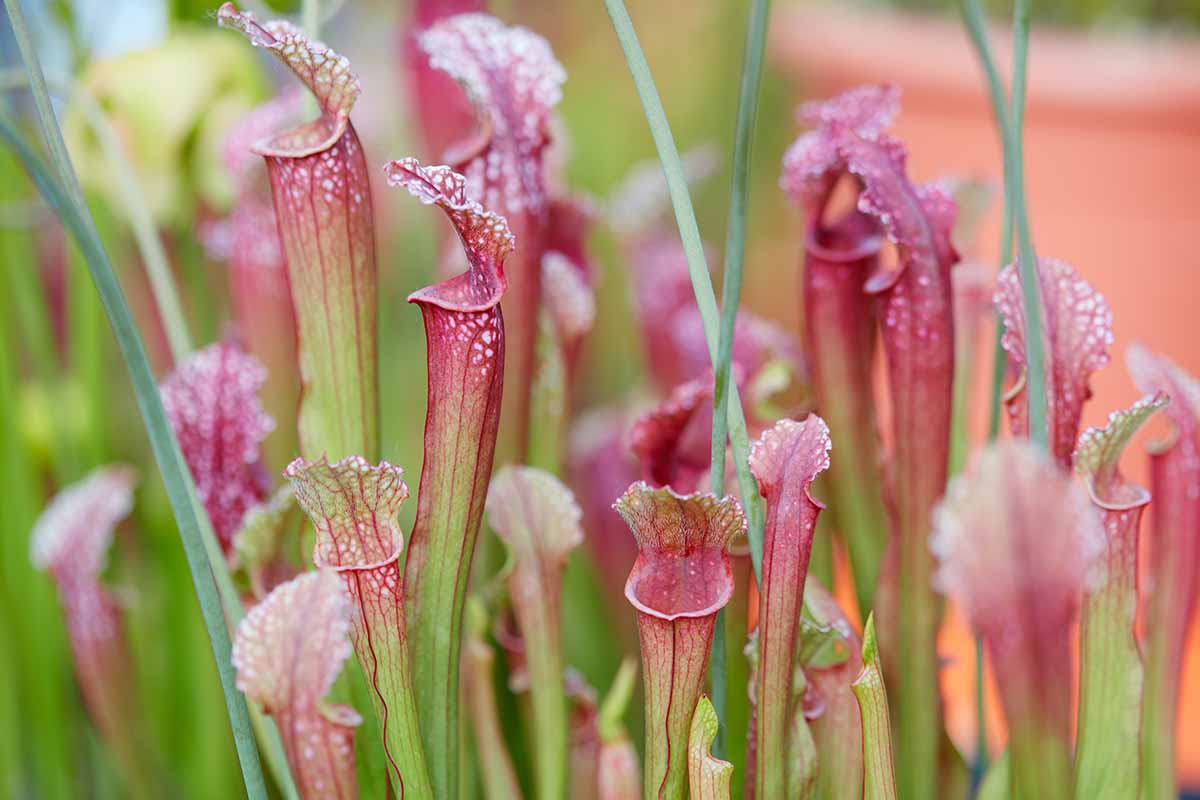
But what if overwintering outdoors isn’t an option, and there’s nowhere on your property that’s cold and sunny enough to trigger dormancy? Enter the good ol’ fridge.
By carefully placing your pitcher plant in a sealed plastic bag and leaving it in the refrigerator through the winter, you won’t have to worry about lighting, as the lighting needs of a dormant Sarracenia are inversely proportional to chilling intensity.
Temperatures as cold as those found in a refrigerator will trigger such a deep dormancy that supplemental light isn’t necessary, without subjecting them to freezing temps.
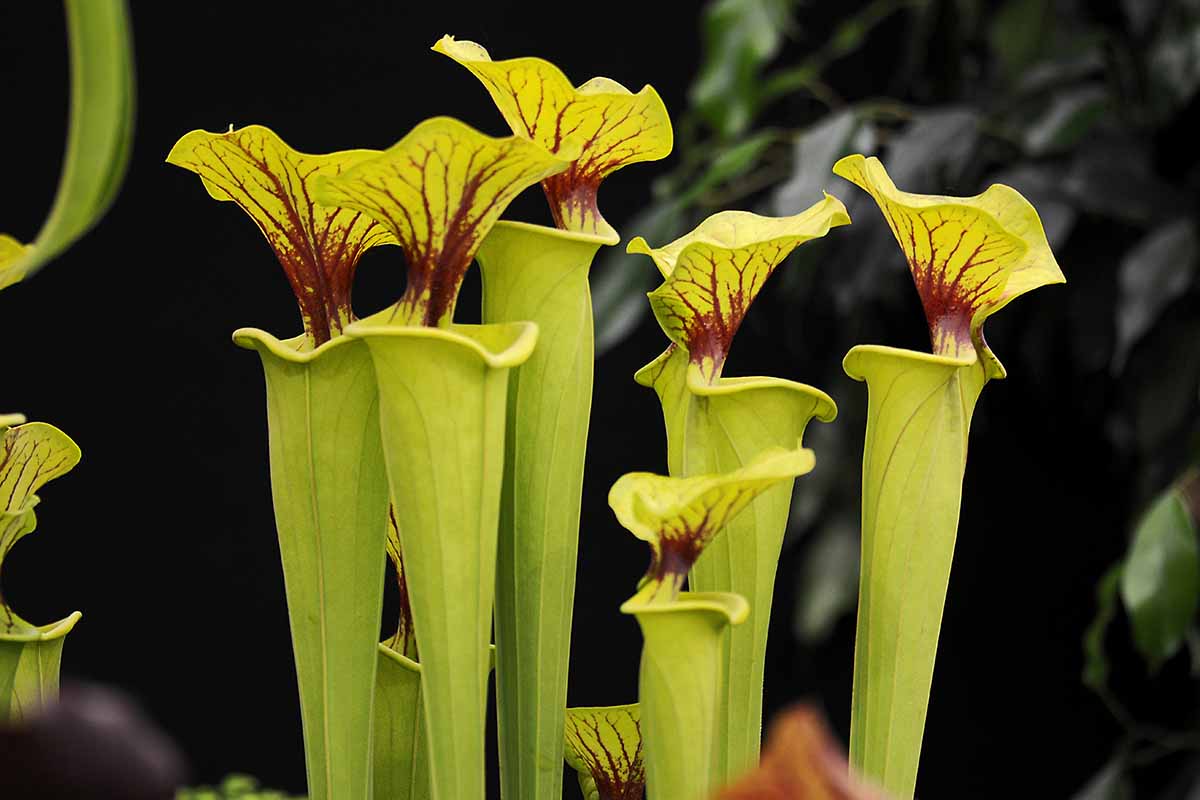
The fertilizer needs of a Sarracenia are non-existent during dormancy, but it’ll need to be sitting in a damp growing medium throughout the entire process, so don’t let the soil dry out!
Let’s not forget about timing – dormancy usually begins by November and ends in March. Usually, a few weeks for both entering and exiting the dormant period are required on either end, leaving about a three- to four-month period sandwiched in the middle.
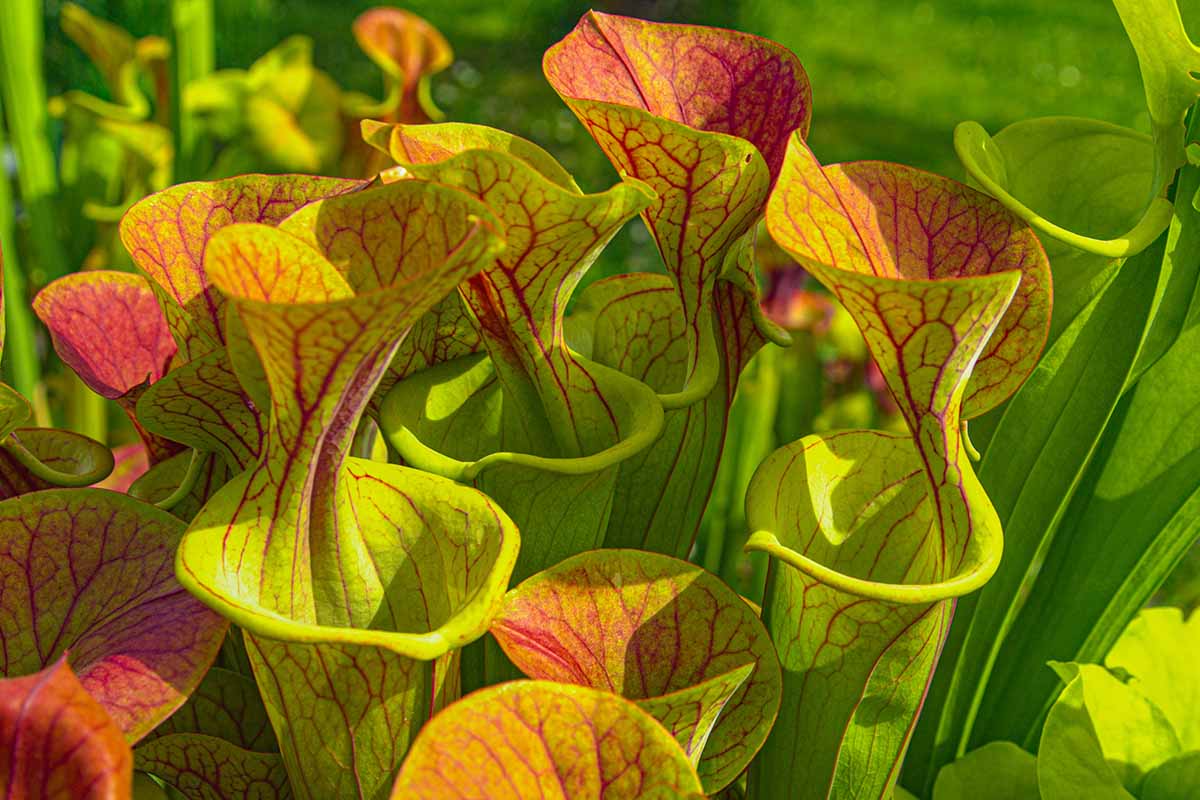
Throughout its dormancy, some leaves and traps of a Sarracenia will brown, blacken, and/or wither. As they fail, trim these structures all the way down to their base without damaging the crown.
Additionally, the end of the dormancy period is a prime time for dividing your Sarracenia.
Our guide to dividing Sarracenia is coming soon!
Time to Chill
A dormant pitcher plant is a nice reminder: in our non-stop, go-go-go, busy-bee lives, it’s important to take a beat to slow down.
Which, in the long run, actually leads to even better growth than just trying to muscle through bleak times… a lesson for life.
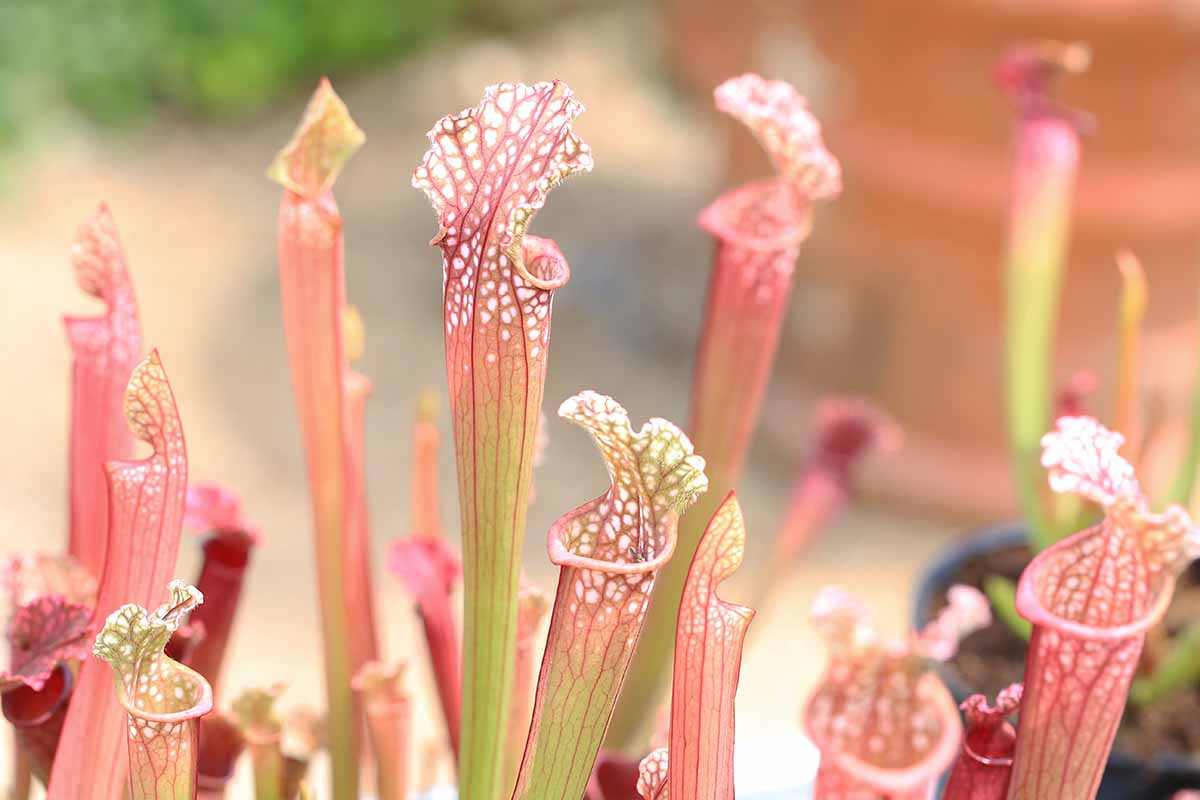
Sarracenia dormancy isn’t as complex as it first seems. The whole process will become easier and easier as time goes on, with the practice gained over multiple winters under your belt!
Personal experiences, remarks, or questions can all go in the comments section below. Meat-eating flora lovers, let’s unite in sharing some Sarracenia dormancy anecdotes – and photos!
Pitcher plants giving you the carnivorous plant munchies? Nosh on these knowledge nuggets next:
